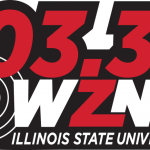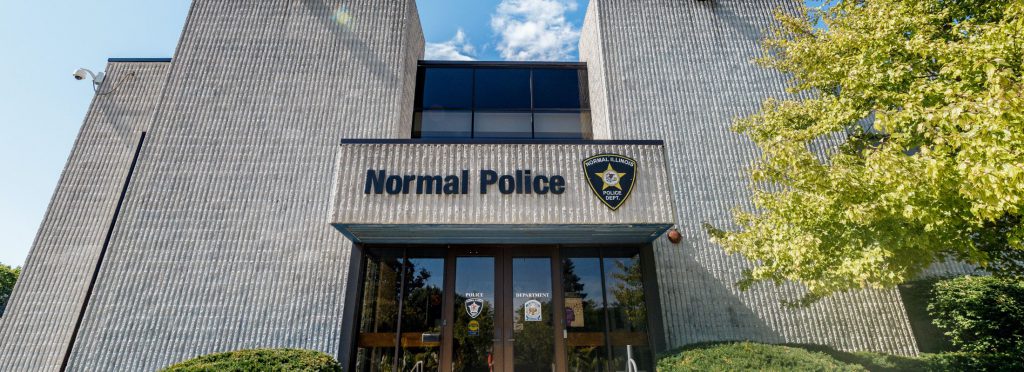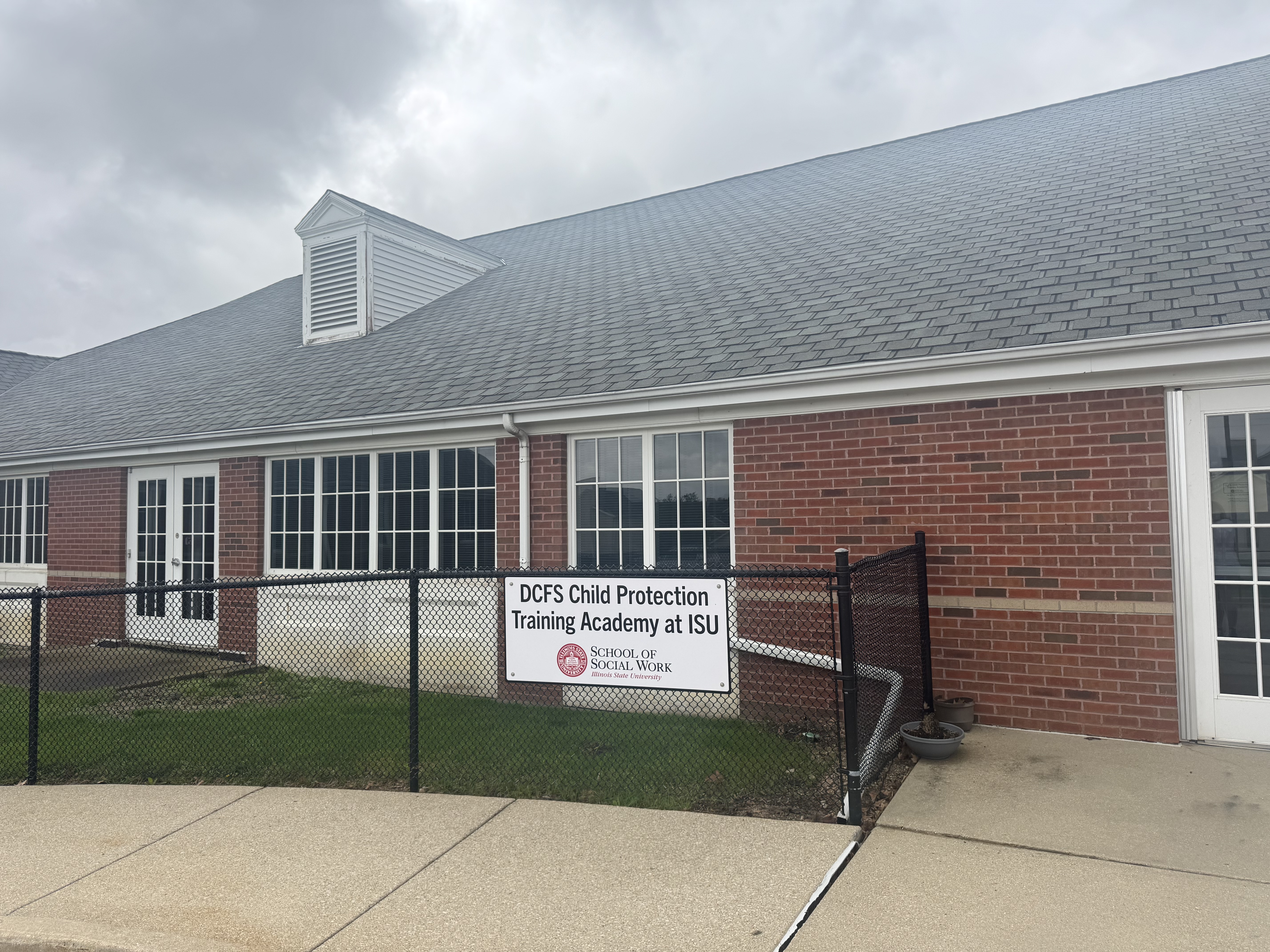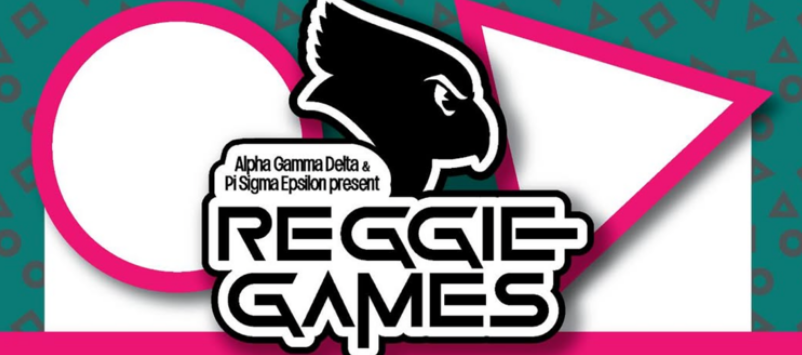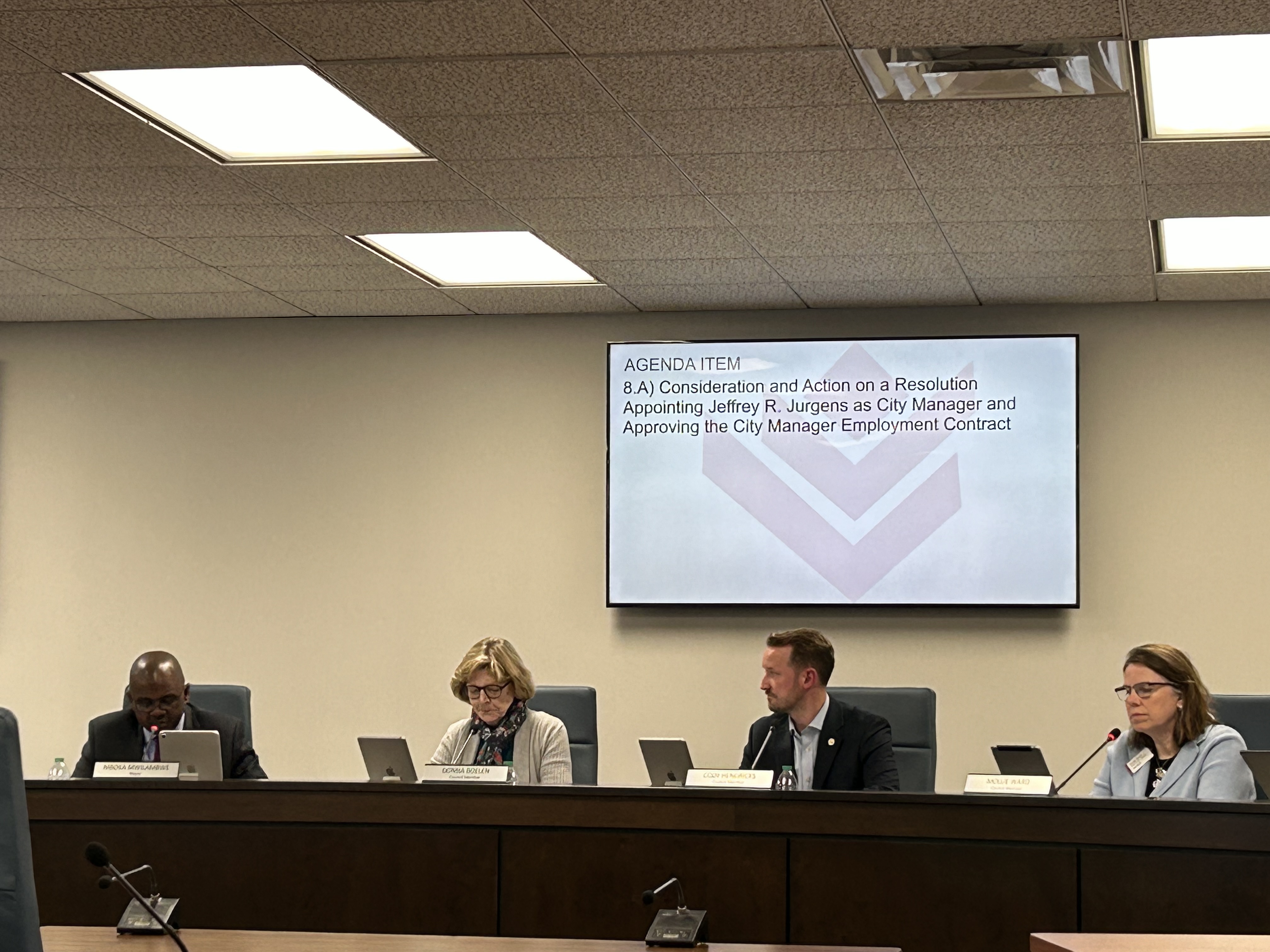Unveiling the Allocation of Bloomington-Normal’s Annual Grant
Written by Lexi Muoghalu on April 23, 2024
Image provided by Jennifer Toney
NORMAL, Ill. – Bloomington and Normal receive a grant each year that supports the community in various ways. Community Development Specialist Jennifer Toney explained how these funds serve the respective communities.
“The Community Development Block Grant (CDGB) has three primary goals for serving low and moderate-income residents,” Toney said. “Those goals are to assist low and moderate-income households with a variety of services, eliminate or prevent conditions of blight, and respond to urgent needs. All of those are addressed throughout the community.”
Although this funding has existed for decades, it focuses on groups that need it most.
“Community Development Block Grant funding has been available nationwide for 50 years this year,” Toney said. “Bloomington has been receiving it almost from the beginning. So, its been around for a while, and combined for Bloomington and Normal, it brings about a million dollars a year into the community to support programs and services that are designed to help moderate-income residents.”
With the money brought in annually from the grant, Bloomington and Normal have a budget that is used for community services and resources.
“CDBG allows us to spend 15 percent of our annual allocation on public services,” Toney said. “So, generally, we support youth services and homeless services with those dollars. We’d love to be able to do more, but unfortunately, being capped at 15 percent prevents us from doing more of that type of work.”
Toney shares why receiving feedback from residents is essential for properly allocating funds within the community.
“What we’re looking for is for the public to identify for us what they feel are the greatest needs,” Toney said. “The public engagement is so important because I can sit here in my office and determine what I think the needs are, but I’m not living in those communities we’re trying to serve. We’re really looking for a wide variety of responses from our residents to identify for us what kinds of public facilities they would like for us to work on and what types of public services they feel are most needed. So, that when we develop our consolidated plan and our goals, our residents are having the biggest voice and were setting those priorities.”
